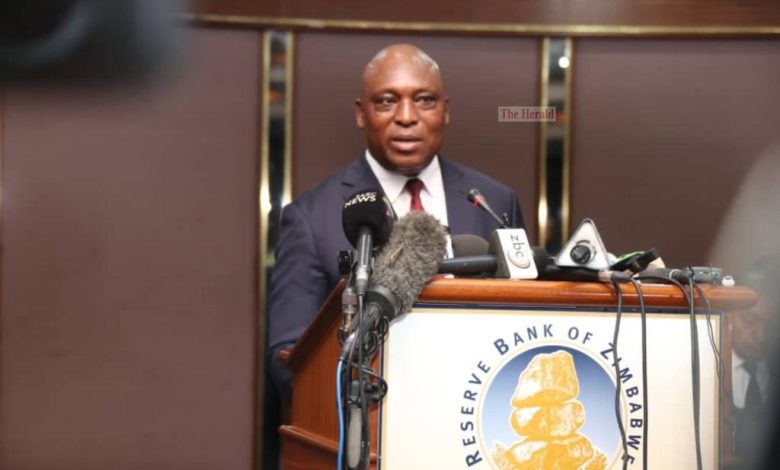Govt dangles US$90 incentive for maize
PRESIDENT Emmerson Mnangagwa’s administration has buckled under pressure and given farmers a fixed maize delivery incentive of US$90 per tonne in a move it says will motivate farmers to sell their crop to the Grain Marketing Board (GMB).
But farmers, who have been pushing for US$390 per tonne which they used to get in 2018 before the Zimbabwe dollar was re-introduced after a decade of dollarisation, said the figure was way too little.
In a post-Cabinet briefing yesterday, acting Information minister Jenfan Muswere said: “The nation is also informed that Cabinet has approved a review of the price of maize to ensure farmers viability. The current maize price of $75 000, plus a fixed early delivery incentive of US$90 per metric tonne.
“The early delivery incentive, which will be extended to other crops such as traditional grains, sunflower and soyabeans, is payable to July 31, 2022, and applies to all deliveries made since the commencement of the marketing season.”
Unions representing farmers said $75 000 was too little, and had been eroded by inflation as they also bemoaned the high cost of agricultural inputs.
Zimbabwe Commercial Farmers Union president Shadreck Makombe said: “As it stands, the value of the $75 000 (US$150 parallel market rate) producer price has already been eroded. Given the trend in terms of the exchange rate and inflation, I don’t foresee farmers managing to go back to the fields.
“There is, therefore, a need to review the producer price to be in tandem with the movement of the exchange rate. Farmers are lobbying for an increase in producer price, but it’s premature for me to say how much.”
A 25kg bag of seed maize now costs between $30 000 and $42 000, while 50kg Compound D fertiliser costs US$35 or $17 500; and Ammonium Nitrate is now pegged at US$70 or $35 000.
Zimbabwe Farmers Union Manicaland provincial manager Dennis Chisevure said: “With the current producer price, it won’t be possible to afford inputs. However, the government is making plans to cushion farmers and to review the producer price. This follows a push from farmers and unions.”
Norton Farmers Association chairperson Orphias Matibhiri said the variance between producer and input prices was too high.
“To afford buying inputs, some farmers end up selling their maize to individuals in US dollars,” Matibhiri said.
Lands and Agriculture ministry’s agricultural advisory and rural development services chief director Obert Jiri admitted that high input costs would affect maize hectarage in the 2022/23 agricultural season.
“The price of inputs, including the cost of finance, badly affects production. However, it is good preparation that is critical to ensure farmers’ profits are not eroded,” Jiri said.
The announcement of the incentive comes less than a fortnight after government said it had deployed soldiers and the police, among other State security organs, to seize maize from farmers at roadblocks as the country faces hunger despite billions having been expended under Command Agriculture.
Government also invoked Statutory Instrument 145 of 2019 banning the buying and selling of maize between private individuals and companies, making the GMB the sole buyer and seller of maize in the country.
According to the Lands and Agriculture ministry, just 5 000 tonnes of maize have been delivered to the GMB since the marketing season opened on
April 1.-newsday










